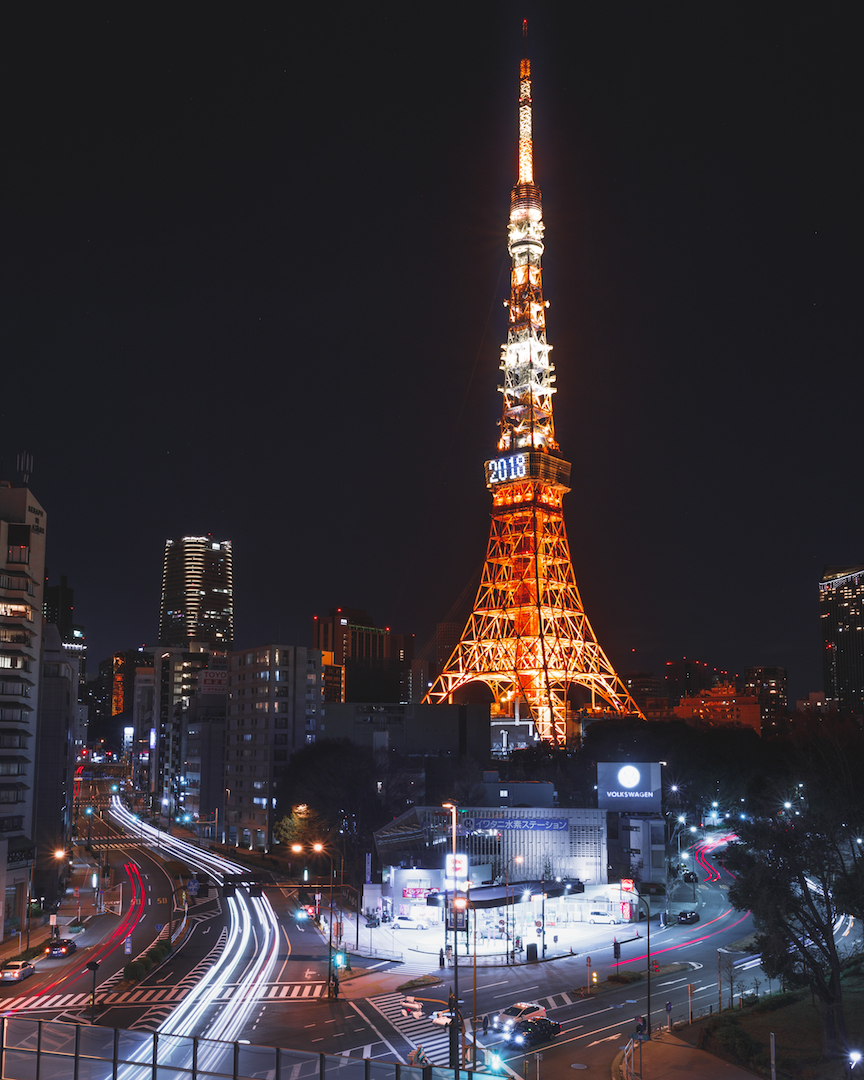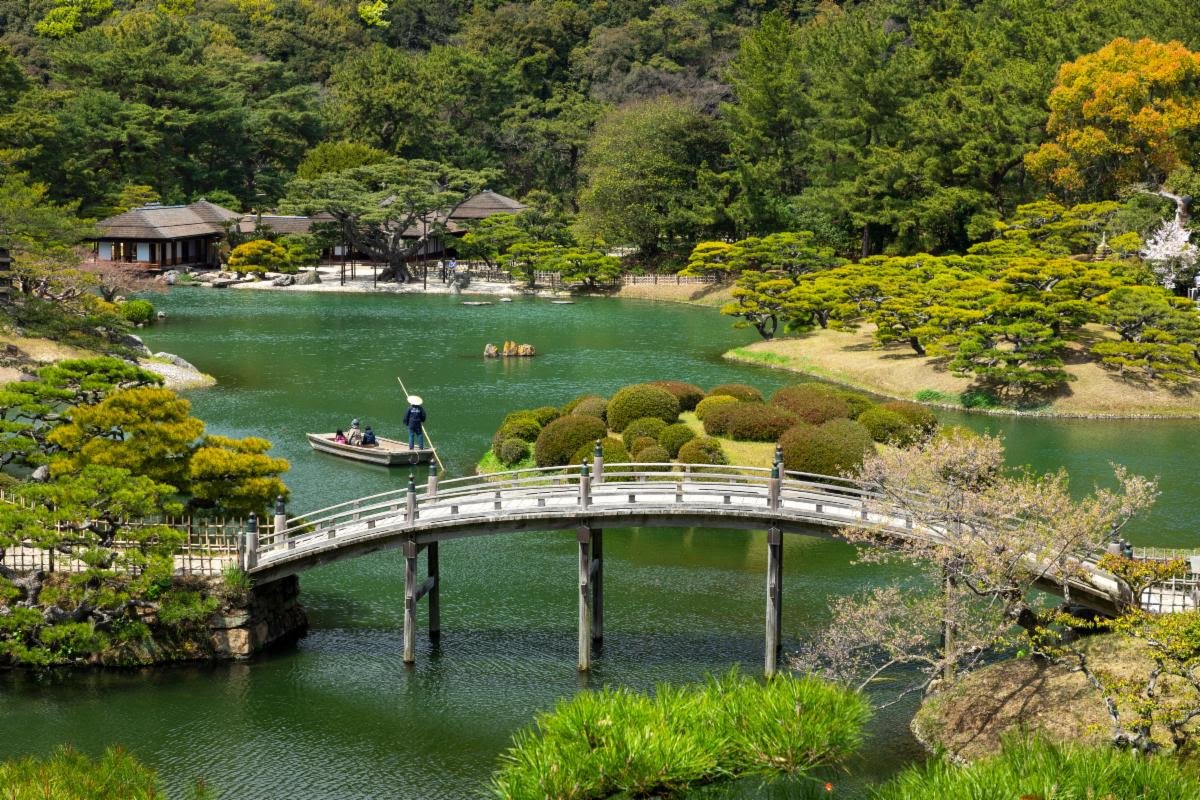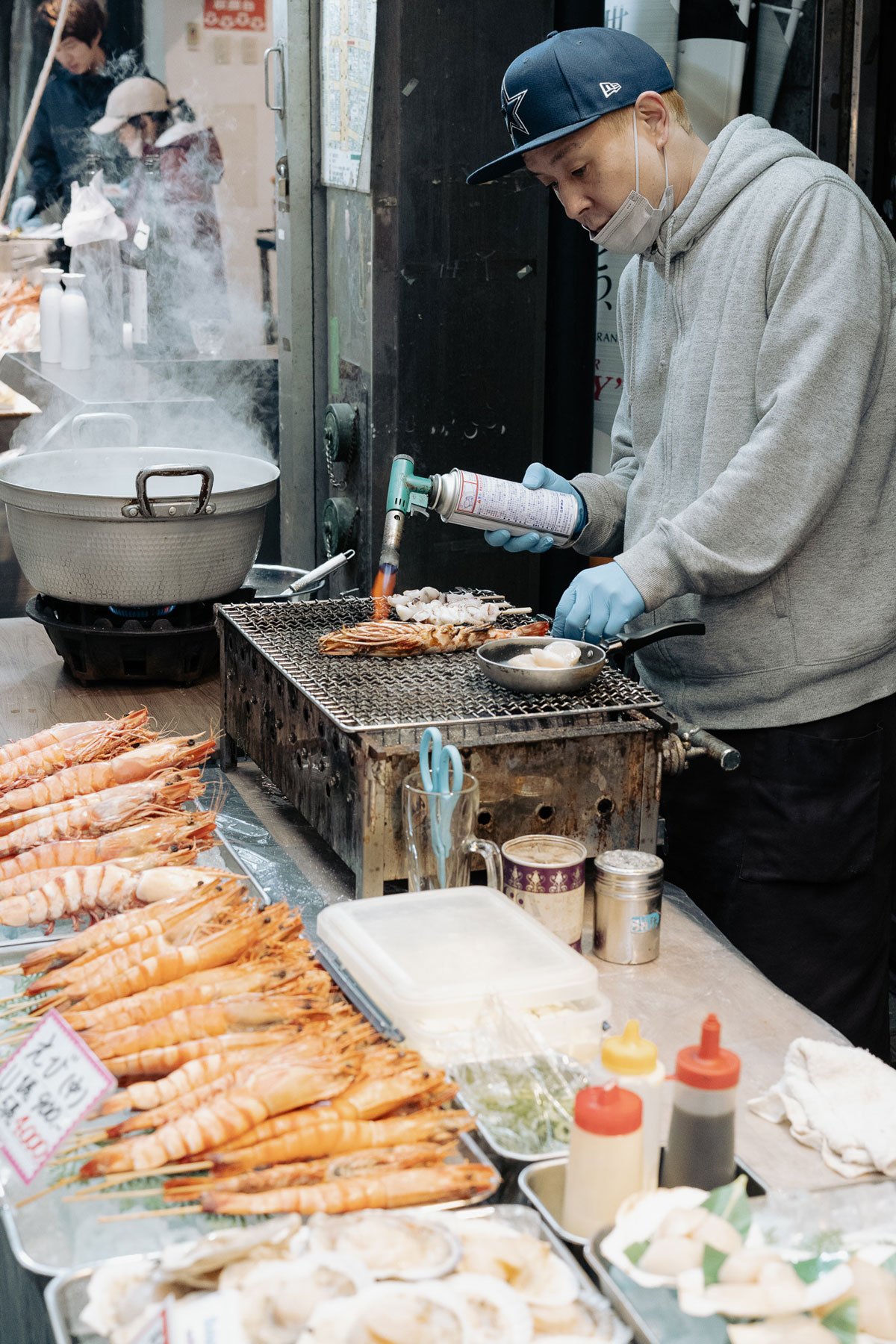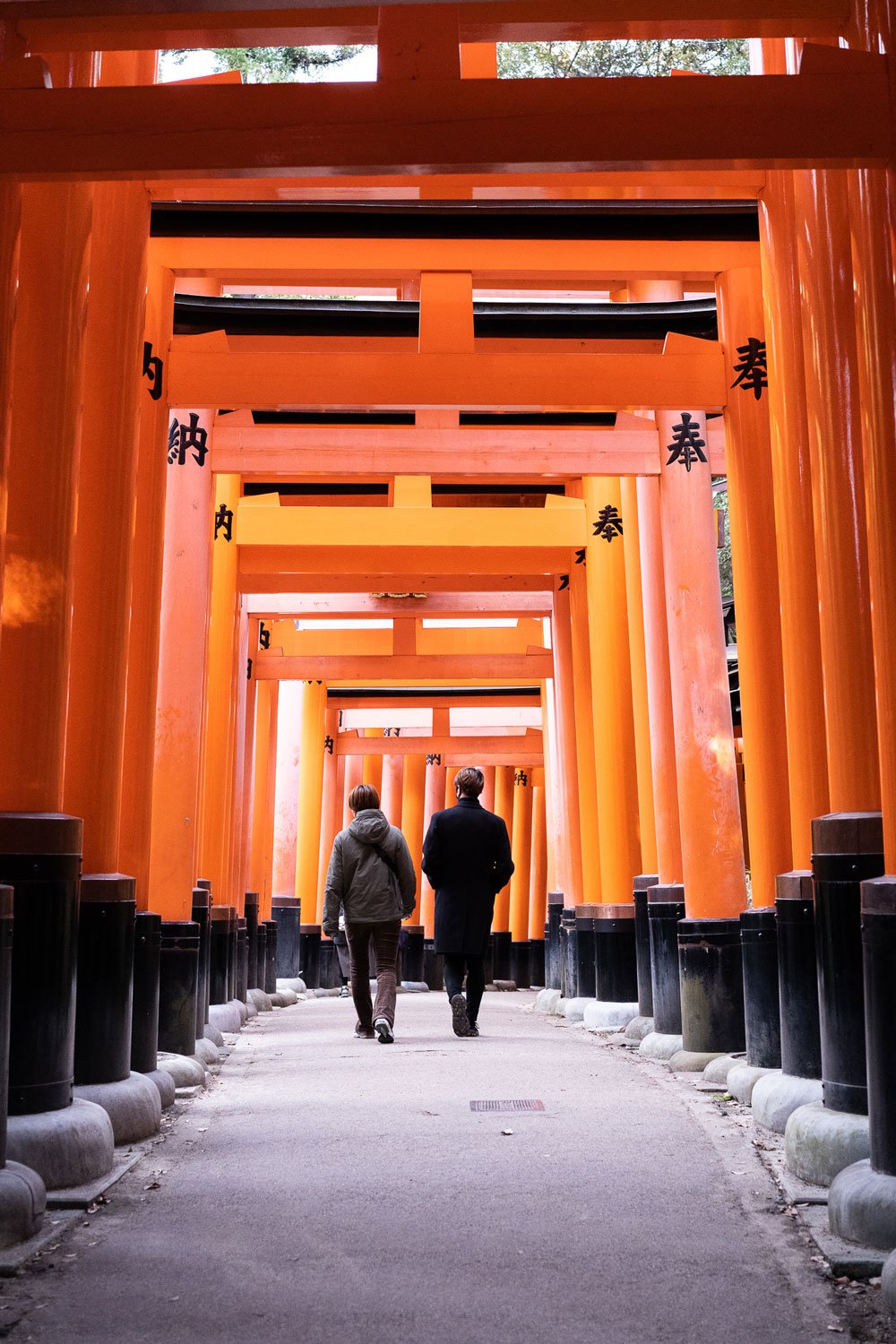DAY TRIP TO UJI || Home of the Famous Uji Green Tea and a Peaceful Respite 20 Minutes from Kyoto

If you love matcha, add Uji to your travel bucket list.
This peaceful respite, the origin of the famous Uji matcha green tea, is just 20 minutes away by train from Kyoto. While you can visit Uji from Kyoto on the JR line, we took the Keihan line because the exit is closer to the sights we wanted to visit. We travelled here during the Christmas holiday, when tourists were clustered in larger cities like Tokyo and Osaka, making Uji the perfect quiet escape for a day trip.
As the train got closer to Uji, more passengers disembarked. When we arrived at the terminus station on the Keihan Uji line, the train was deserted, and only our party and another family remained on the train. Uji is a very walkable destination, and you can pick up an illustrated map of the sights you could visit within a short walking distance. Once you exit the train station, you will come across Ujibashi; once you cross over to the other side, the statue of Mirasaki Shikibu, the world’s first novelist who wrote The Tale of Genji, sits under the canopy of a tree.
Statue of the world’s first novelist, Mirasaki Shikibu.
From here, you can do a walking loop around Uji, heading down Byodo-in Omotesando, a wide street lined with cafes and restaurants touting various delicacies made with Uji green tea. From parfaits to pancakes and traditional matcha to frothy lattes, we recommend that you arrive on an empty stomach and be prepared to eat to your heart’s content.
We decided to visit the tranquil Byodo-in temple before enjoying a light lunch. The historic temple is at the end of the road, with a yard filled with wisteria, usually in full bloom during spring. The serene atmosphere of the garden is only interrupted by the sounds of nature, birds chirping on the tree tops, or a rustling of the tree leaves from the winter breeze.
Byodo-in Temple.
The Byodo-in site grounds is picturesque like a postcard.
The still water of the pond surrounding the temple reflects the beauty of the architecture. The doors to the temple are open, and from across the water, one can catch a glimpse of the Buddha inside. You can purchase a timed entry ticket to visit the temple during a specific time slot, where the staff would provide commentary on the architecture, artwork, and the Buddha. Although the artwork on some of the walls has faded, you can view a depiction of the original panels in the museum on the grounds, along with other artifacts.
After a visit to Byodo-in temple, we had a hard time picking a spot for lunch and finally settled on a place that offered a traditional lunch, with udon noodle soup and vegetable mixed rice. I used to make something like this when I lived abroad in Japan, and my friend taught me how to make ‘Takikomi Gohan’, where vegetables, mushrooms, or even seafood are mixed in with the rice. The result is superbly tasty and aromatic rice. Other tables around us enjoyed matcha fruit parfaits and red bean Uji matcha pancakes, but we figured we would enjoy traditional matcha and sweets as our next stop, so this was just our first meal.
Our lunch spot.
A bowl of Takikomi Gohan is a simple yet satisfying meal perfect for winter weather.
On our way to the Byodo-in temple along Byodoin Omotesando, I paused along the street because the aroma of traditional matcha drew me. I identified the scent at one of the shops, and it turned out the shop makes matcha tea powders. Inside the shop, you could see the machines grinding matcha powder. A tea room at the rear of the shop serves traditional sweets and ceremonial matcha. I ordered the premium matcha with dango (mochi balls) topped with sweet matcha powder. Just the scent of the tea is enough to calm the mind.
A traditional matcha afternoon break before walking to the other side of the city.
Red bean, matcha powder mochi, and ice cream sandwich tea set.
After a restful break with hot matcha to warm ourselves, we crossed the bridge to Tachibana Island. The narrow stripe of land provides an intriguing photo op. You can then cross another bridge to Tō-no-shima, where you can take in the tranquil waterfall across the water. We crossed Asagiribashi Bridge and walked to the Ujigami-Jinja Shrine to complete our leisurely walking tour. This shrine was built as a guardian shrine for the Byodo-in temple. In 1994, it was registered as a UNESCO World Heritage Site as one of the ‘Historic Monuments of Ancient Kyoto’.
The narrow Tachibana Island is a pretty interlude between the city’s two shores.
Enroute to Ujigami-Jinja.
It was already getting dark by the time we finished our walk, so we hurried back to the train station to avoid heading back into the city during rush hour. All in all, our day trip took 6 hours. We arrived around 10:30 AM and left Uji at 4:30 PM. Although I did manage to consume one more dessert before I departed—a hojicha and Uji matcha swirl soft serve ice cream.
After spending several days absorbing Tokyo's bright lights and bustling energy, I took a day trip to Uji to bask in the traditional architecture and nature sights. If you need quick nature recharge during your next trip to Japan, make Uji one of the destinations on your trip itinerary.
Beautiful foliage we spotted along our walk.
Photography by Florence Leung






